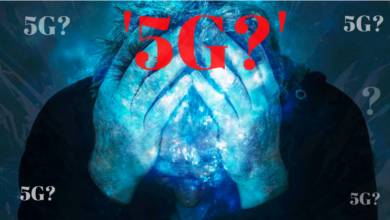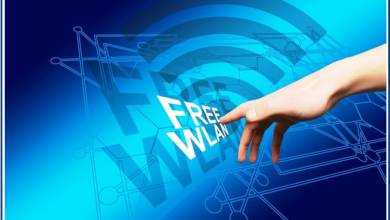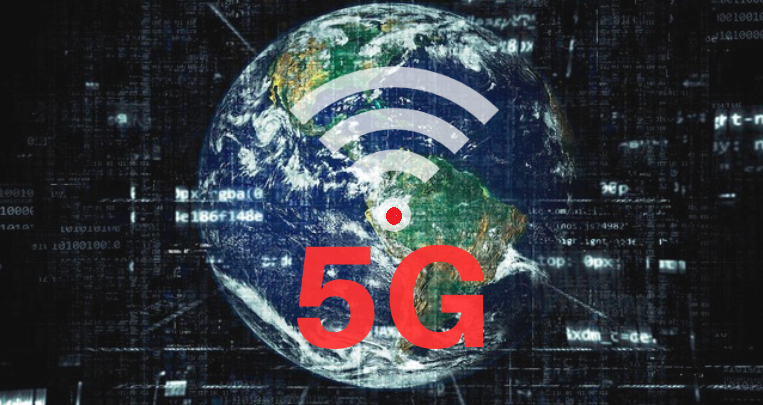
Contents
What is 5G Wireless Technology? What is Exciting About It?
We have all seen and read about the hype surrounding the next generation of wireless technology – 5G. But not all of us know what it exactly is and what makes it so special and unique. If you belong to the category of people that needs awareness, read on.
5G, as we all might know stands for the fifth generation and is meant to replace 4G. It is basically a cellular communications system that will allow users to do more at a faster speed.
But the buck does not stop there.
5G is not just a new version of its predecessor 4G. It is much more. While the previous systems were driven by how the latest technology could be used, the new 5G technology is driven by specific applications and uses like automotive communications, remote sensors, IoT devices, etc.
The History of 5G Technology
To understand the history of the 5G network, we need to go back in time to understand where it all started.
0G – Mobile radio telephones were the predecessors of the first generation of cellular phones and are known as the 0G systems. They had features like the push to talk buttons, mobile telephone service, and advanced mobile telephone systems. The first commercial mobile telephone service was launched by Motorola in conjunction with the Bell System in 1946 in the USA.
1G – This is also known as the first generation of wireless cellular technology and was launched sometime in 1980. The radio signals used by 1G networks were analog. The first commercially automated cellular network was launched by Nippon Telegraph and Telephone (NTT) in 1979 in Japan and in 1983, the 1G network was launched by Ameritech using the Motorola DynaTAC phone in the USA.
2G – The second generation of wireless cellular technology was launched sometime in 1991 in Finland. What made 2G different from 1G was that the new version made phone conversations digitally encrypted, this version was considerably more efficient on the spectrum because it allowed far greater wireless penetration levels, and the best part was – 2G introduced data services for mobile phones for the first time.
2G technologies allowed all the mobile phone networks to provide services such as text messages (SMS), MMS (multimedia messages), and picture messages. All these messages were digitally encrypted.

3G – This was an upgrade to the previous version and allowed for faster internet speed. The first commercial launch of 3G was by NTT DoCoMo in Japan in October 2001 and Verizon Wireless launched its 3G network in the United States in July 2002. 3G systems can be used for wireless voice calls, fixed wireless Internet access, mobile Internet access, mobile TV, and video calls.
4G – The 4th generation of wireless cellular technology is the successor of 3G. The current applications of 4G include mobile web access, gaming services, IP calls, high-definition mobile TV, 3D television, and video conferencing, 4G LTE (Long Term Evolution) was first launched in Norway and Sweden, and since then had been deployed to other parts of the world.
5G – And up next came 5G. While this new technology has not been made available to the greater mass yet, the services are available in some parts of the US. Verizon started its sale of the world’s first 5G phone – the Moto Z3 with its attached Moto Mod in April 2019. AT&T has been running trials of a 5G hotspot with businesses in 19 cities in the US.
However, both these connections are in the early stage and neither system permit uploads on 5G yet, and neither do they have the low latency that you can expect in 5G.
However, the developments continue and it won’t be long before they are perfected.
The Discovery of the 5G Wireless Technology and 5G Enabled Gadgets
Reports say that it was NASA who first went into a partnership with the Machine-to-Machine Intelligence (M2Mi) Corp, a platform for M2M and IoT development to develop 5G technology.
In the same year, South Korea started a research and development program to look at 5G mobile communication systems.
In August 2012, New York University founded NYU WIRELESS, a research center that was specifically designed to work on the 5G wireless network.
In 2013, Samsung announced that it had created a 5G network followed by Huawei’s pledge to invest in the testing and development of 5G networks by 2018. And in 2016, news reports revealed that Google is working on a 5G network called SkyBender, which aims to provide 5G connections via solar-powered drones.
In the same year, Verizon announced that it shall soon start testing 5G in real-life situations.
In October 2016, Qualcomm announced that it had successfully invented the first 5G modem: the Snapdragon X50 that has a download speed up to 5Gbps. And two months later, in December 2016, BT and Huawei announced that they would partner together to “lead the global development of 5G mobile technologies.”
In February 2017, Ericsson introduced the first 5G platform that offered end-to-end support and in 2019, Nokia launched an end-to-end 5G product for mobile carriers named 5G First.
And finally, Verizon, Novatel Wireless, and Qualcomm are joining hands to develop 5G New Radio (NR) millimeter–wave technology to make its adoption faster and to support a full-scale commercial network deployment before the decade comes to an end.
|Read Also The Exhaustive Guide On: Wireless Technology & It’s Evolution | 5G The Future [Updated]
Interesting Facts About 5G
1. Speed –
5G shall have the capability to increase the download speed up to 10 gigabits per second. This basically means that you can download an entire movie within a couple of seconds!
2. Latency –
5G promises low latency, which shall make it more responsive and the ability to connect to a lot of devices. So, you will be able to disconnect your cable modem and connect everything at home – from your TV to your thermostat by just using your mobile network.
3. Sturdy Network –
5G promises a reliable solution to voice calls and internet woes and hence, could be a great solution for people living in areas where mobile and internet connectivity is not so great.
4. Internet of Things –
5G could be the answer to the internet of things, something that has been in the news for quite some time. Internet of things stands for the extension of internet connectivity to various physical objects. Tell-medicine, self-driven cars, etc. are some areas where 5G could be a great help.
5. Build Smart Cities –
5G can help connect sensor networks. These networks shall be able to control vehicle traffic and also identify streetlight outages in no time.
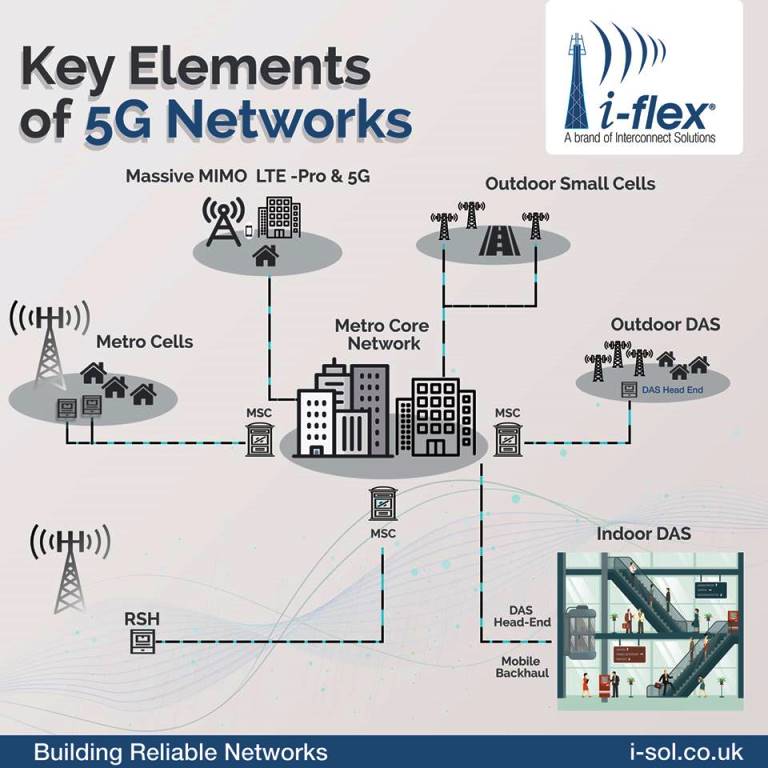
|Read 20 Interesting & Weird Facts about WiFi You Should Know
The Future of 5G Network
While 5G seems like great news and a boon in many aspects, it also involves security concerns that need to be addressed before its global launch.
Since 5G would involve the flow of more private data, it would give hackers a lot more opportunities to steal and misuse data.
Also, a breakdown of a 5G system could cause severe results that could affect the economy and public safety. For instance, self-driven vehicles could crash if there is a network failure or the breakdown of a government system could lead to a national security risk.
So, while 5G has a lot many boons, it also carries a lot of risks that need to be paid attention to before its launch.
The Effects of 5G Technology on the Human Body : Is 5G Dangerous ? or Is 5G Safe?
Well, there are a lot of discussions going on this topic. Please watch the video to know about the effects of 5G on our health and environment.
|Related Is 5G Dangerous for our Health and Environment? Check the facts!
The Availability of 5G Network
If you have been patiently waiting for the great launch of 5G, you need to hold on to that patience a little more because the launch could happen sometime in 2020. Before its launch, the phone and wireless companies will have to complete and install new systems and build new communication equipment and phones.
New technologies like millimeter-wave communications, dense networks, massive MIMO with beam steering, wave forms, etc. are being developed for this purpose.
While work on this had been going on for quite some time, it has also been facing quite a few hurdles on the way like security concerns, environmental concerns, etc.
However, the United States should receive the first 5G-ready phones in the first half of 2019, while China plans to launch sometime in 2020. Other countries will soon follow.
A&T had launched 5G in 12 cities in December 2018 with one mobile internet hotspot, the Netgear Nighthawk 5G.
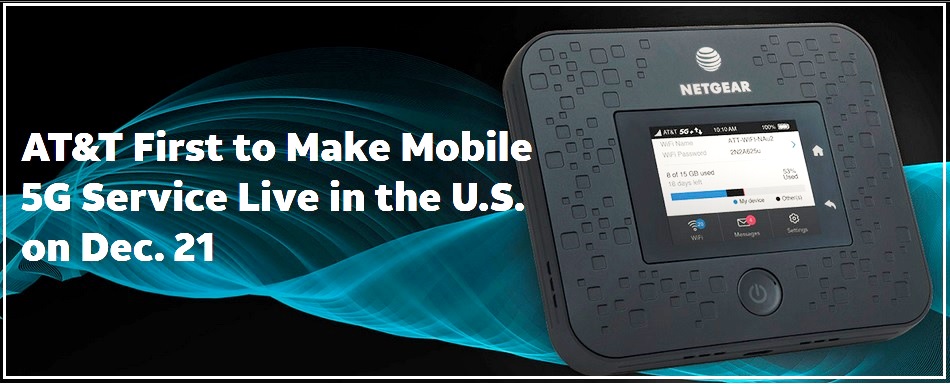
However, it is limited to a few neighborhoods only. This was followed by Verizon who started a fixed 5G home internet service in a few neighborhoods of the US with Motorola launching its Moto Z3 phone.
However, all this is pretty much in their trial period and will need some time to perfect themselves. The work and development are on in full swing and we know that 5G is going to be launched soon.
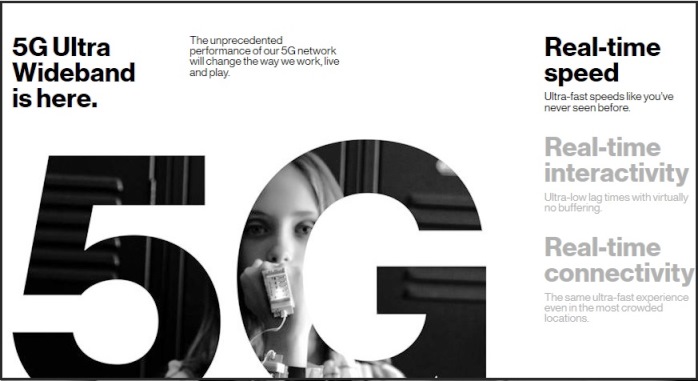
To quote Verizon CEO Hans Vestberg,
“5G is a promise of so much more than we’ve ever seen in any wireless technology. From the beginning, we had the 1G, the 2G, the 3G, and the 4G. They were sort of leaps of differences when it comes to speed and throughput. When we think about 5G…it is just radically different. I would say it’s a quantum leap compared to 4G.”
And so on that note, let’s hope that just like other inventions of technology, 5G too, sees the light of the day soon and wins the hearts and minds of the masses with its launch.

